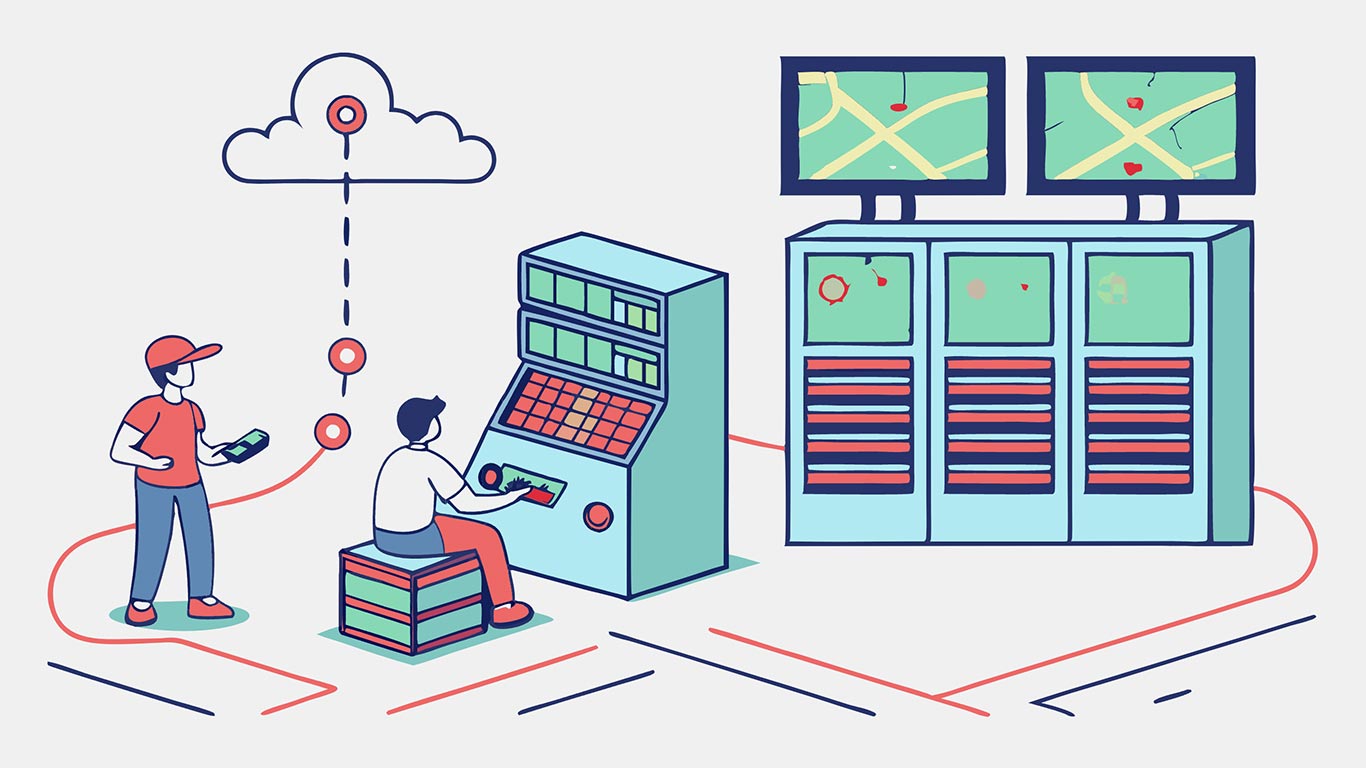The gaming industry is witnessing a paradigm shift in multiplayer experiences, driven by advances in networking technology. Next-generation multiplayer systems are enabling seamless, real-time interactions that elevate gameplay to new heights.
Revolutionizing Connectivity and Latency
At the heart of this transformation is a significant reduction in latency. Innovations in network infrastructure, edge computing, and optimized data protocols allow players from across the globe to connect in real time. This results in smoother gameplay, minimized lag, and a more immersive experience where every millisecond counts.
Distributed Architectures for Enhanced Scalability
Modern multiplayer games increasingly rely on distributed server architectures. By decentralizing game servers, developers can:
- Distribute the load more efficiently during peak times.
- Scale dynamically to handle surges in player numbers.
- Enhance game stability and reliability.
This approach not only improves performance but also creates a more robust and scalable gaming environment that can adapt to an ever-growing global audience.
Leveraging Cloud Gaming and Edge Computing
Cloud gaming and edge computing are key drivers in the next-gen multiplayer revolution. Cloud infrastructures allow games to be streamed directly to players, reducing the need for high-end hardware. Simultaneously, edge computing brings data processing closer to the end-user, reducing travel time and ensuring faster response rates. This synergy ensures that gamers enjoy a consistent and highly responsive online experience.
Embracing Emerging Technologies
The future of multiplayer gaming is intertwined with emerging technologies like 5G, artificial intelligence, and machine learning. These advancements contribute to:
- Optimized network traffic management.
- Dynamic matchmaking systems that pair players based on skill and network conditions.
- Predictive algorithms that identify and mitigate potential latency issues before they affect gameplay.
Such innovations are paving the way for truly adaptive and engaging multiplayer experiences.
Conclusion
Next-generation multiplayer gaming is redefining how players connect, compete, and collaborate. With cutting-edge networking solutions, distributed architectures, and the integration of cloud and edge technologies, the future of online gaming promises to be more immersive, scalable, and responsive than ever before. At GameBeam, we are committed to helping developers harness these technologies to create groundbreaking multiplayer experiences. Ready to explore the next era of gaming? Reach out for a free consultation and join the revolution.
